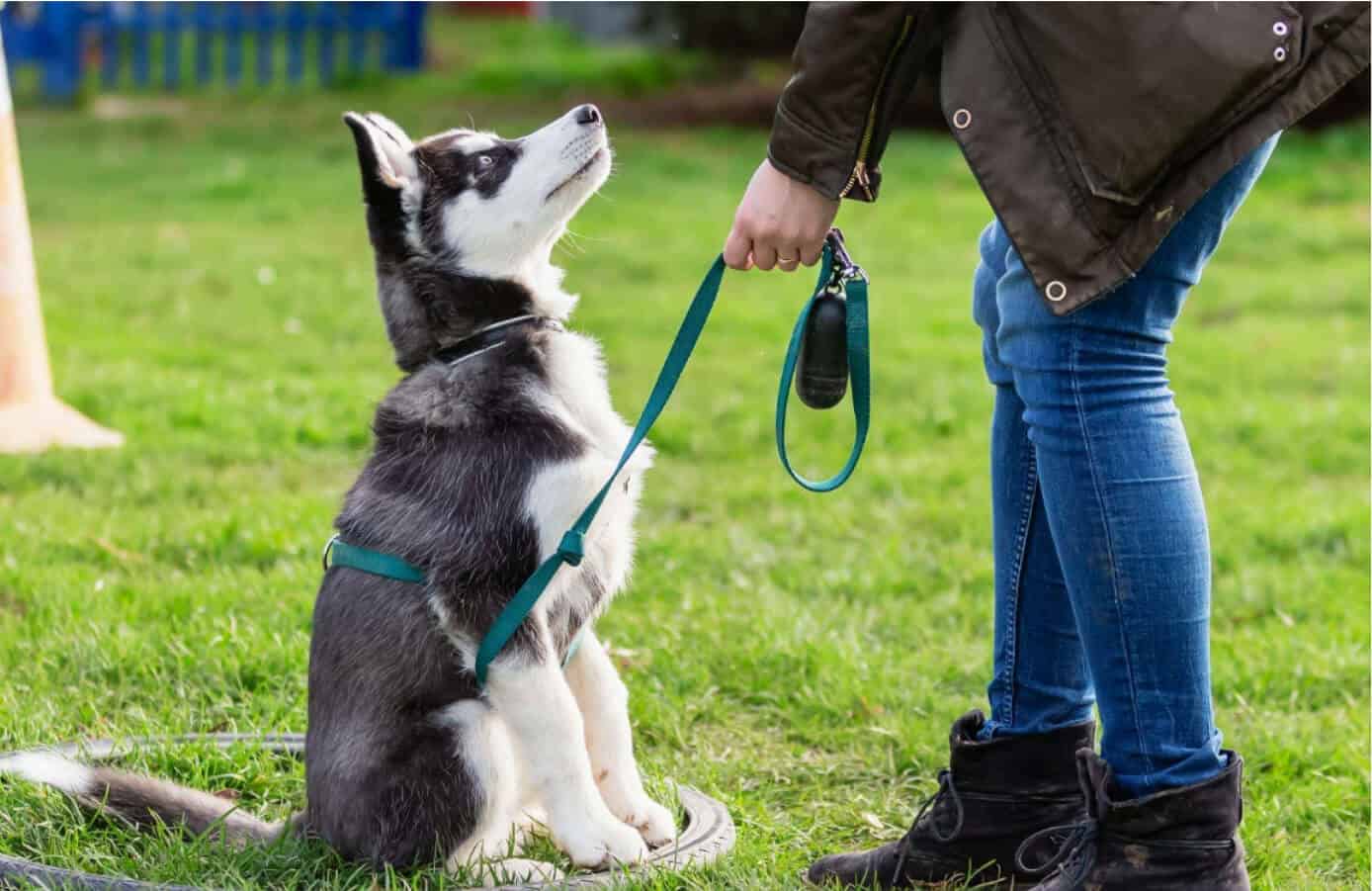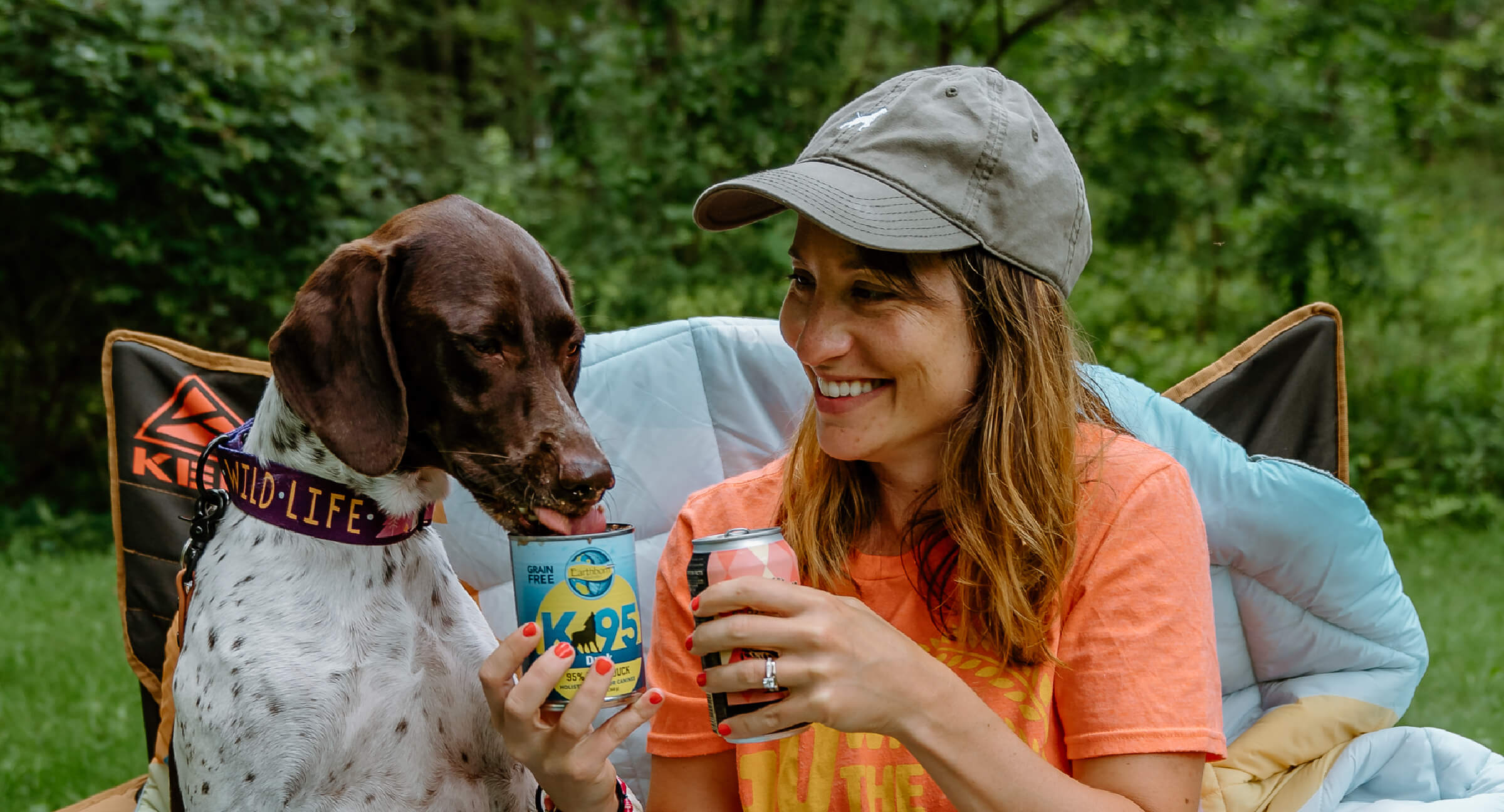Understanding Dog Body Movement During Dog Training
Wiki Article
Vital Tips for Successful Dog Training: An Overview for Animal Owners
Efficient canine training is a diverse procedure that needs a strategic approach customized to both the pet's temperament and the proprietor's goals. Understanding how to navigate these barriers can significantly improve the training experience, ultimately transforming the connection between owner and pet dog.Understanding Dog Habits
Recognizing pet actions is essential for reliable training and cultivating a harmonious partnership between dogs and their proprietors. dog training. Pet dogs communicate mostly with body language, vocalizations, and actions, making it critical for owners to translate these signals accurately.
Socializing plays a significant duty in dog behavior; direct exposure to various atmospheres, individuals, and various other pets can considerably influence a pet's temperament. Factors such as breed features and individual character should guide training approaches, as some breeds might have certain behavior characteristics that require tailored methods. By recognizing these components, proprietors can develop a supportive setting that motivates positive actions, bring about successful training end results and a much deeper bond with their animals.
Establishing Constant Commands
Efficient communication with your pet dog starts with developing regular commands. This fundamental element of training is important for fostering understanding between you and your animal. Consistency in the commands you make use of makes certain that your pet dog can accurately associate details words or phrases with the wanted behaviors.When picking commands, select clear, unique words that are easy to set apart and claim from one another. Stay clear of utilizing similar-sounding commands that may confuse your dog. For example, making use of "rest" and "remain" is appropriate, however "rest" and "struck" can bring about misconceptions.
In addition, keep the exact same tone and quantity for each and every command. Dogs are delicate to vocal signs, so varying your tone can create confusion.
It is similarly vital to make sure that all member of the family get on the very same page concerning the commands utilized. A united front in command usage will certainly prevent mixed signals and reinforce the discovering process.
Favorable Support Strategies
The power of positive reinforcement in pet training depends on its ability to encourage wanted actions with rewards and appreciation. This strategy is grounded in the principle that behaviors adhered to by positive outcomes are most likely to be duplicated. By including positive reinforcement into your training program, you can effectively shape your pet's habits in a positive manner.To execute positive support, it's necessary to determine what inspires your canine, whether it be deals with, playthings, or spoken praise. When your pet carries out a wanted action, such as sitting on command, instantly compensate them with a treat or affection. This organization in between the command and the positive result reinforces their understanding.
It's vital to timing the benefits properly; supplying the support within secs of the wanted behavior helps your canine make the link (dog training). Furthermore, uniformity is crucial-- ensure that all household members utilize the same commands and benefit systems to stay clear of confusion

Gradually, you can decrease the frequency of deals with as your pet link dog learns the actions, transitioning to applaud or periodic incentives. This method not just promotes a strong bond between you and your pet dog but likewise promotes a positive knowing atmosphere, making educating a satisfying experience for both.
Socialization and Communication
Continually revealing your canine to a range of settings, people, and various other pets is crucial for their social development. Socializing must start early, ideally throughout the vital home window of 3 to 14 weeks, when puppies are most receptive to go to this web-site brand-new experiences. Older pet dogs can additionally benefit from recurring socialization efforts.Introduce your dog to different settings, such as parks, pet-friendly stores, and urban areas. This direct exposure assists them adjust to various stimulations, decreasing anxiety and fear reactions. Urge positive communications with other dogs and people, guaranteeing that these experiences are regulated and risk-free to promote confidence.
Utilize organized playdates with well-mannered pet dogs, as this can improve your dog's social skills and educate them appropriate behavior. Obedience courses and training sessions likewise give exceptional chances for socialization, permitting your canine to connect with others in a monitored setting.
Monitor your pet dog's body language throughout communications, as this will aid you assess their comfort degree. Progressively increase exposure to even more difficult circumstances while guaranteeing that each experience declares. A well-socialized pet dog is most likely to display well balanced habits, making them a joy to have in any setting.
Attending To Typical Training Obstacles
Every canine proprietor will certainly come across training obstacles at some time, no matter of their dog's age or socialization degree. Recognizing usual concerns such as stubbornness, disturbances, and fearfulness can help in developing reliable strategies for renovation.
Progressively present diversions as the canine becomes much more competent in commands. Short, frequent training sessions are additionally effective in keeping attention.
site web Fearfulness can hinder a pet dog's learning process. Steady desensitization to the resource of worry, coupled with positive support, can assist reduce anxiousness. Patience is important; never compel a canine right into a situation that causes distress, as this might intensify the issue.
Eventually, understanding and resolving these typical difficulties with a structured technique will foster an extra effective training experience, reinforcing the bond between dog and owner while advertising efficient understanding.
Conclusion
In recap, successful pet training counts on a comprehensive understanding of canine habits, the establishment of constant commands, and the application of positive support methods. Socializing plays an important function in creating well-adjusted pet dogs, while dealing with usual training obstacles needs persistence and flexibility. By executing these essential methods, pet owners can foster a solid bond with their dogs and promote preferable habits, eventually bring about a harmonious connection between humans and their canine buddies.Understanding pet habits is necessary for effective training and promoting an unified partnership in between canines and their proprietors.Socialization plays a considerable role in pet habits; exposure to different atmospheres, people, and various other pets can substantially influence a dog's character.The power of favorable reinforcement in dog training lies in its capability to motivate desired behaviors with incentives and appreciation. By integrating positive support right into your training regimen, you can efficiently shape your dog's actions in a positive way.
In summary, effective canine training relies on an extensive understanding of canine actions, the establishment of regular commands, and the application of favorable support methods.
Report this wiki page